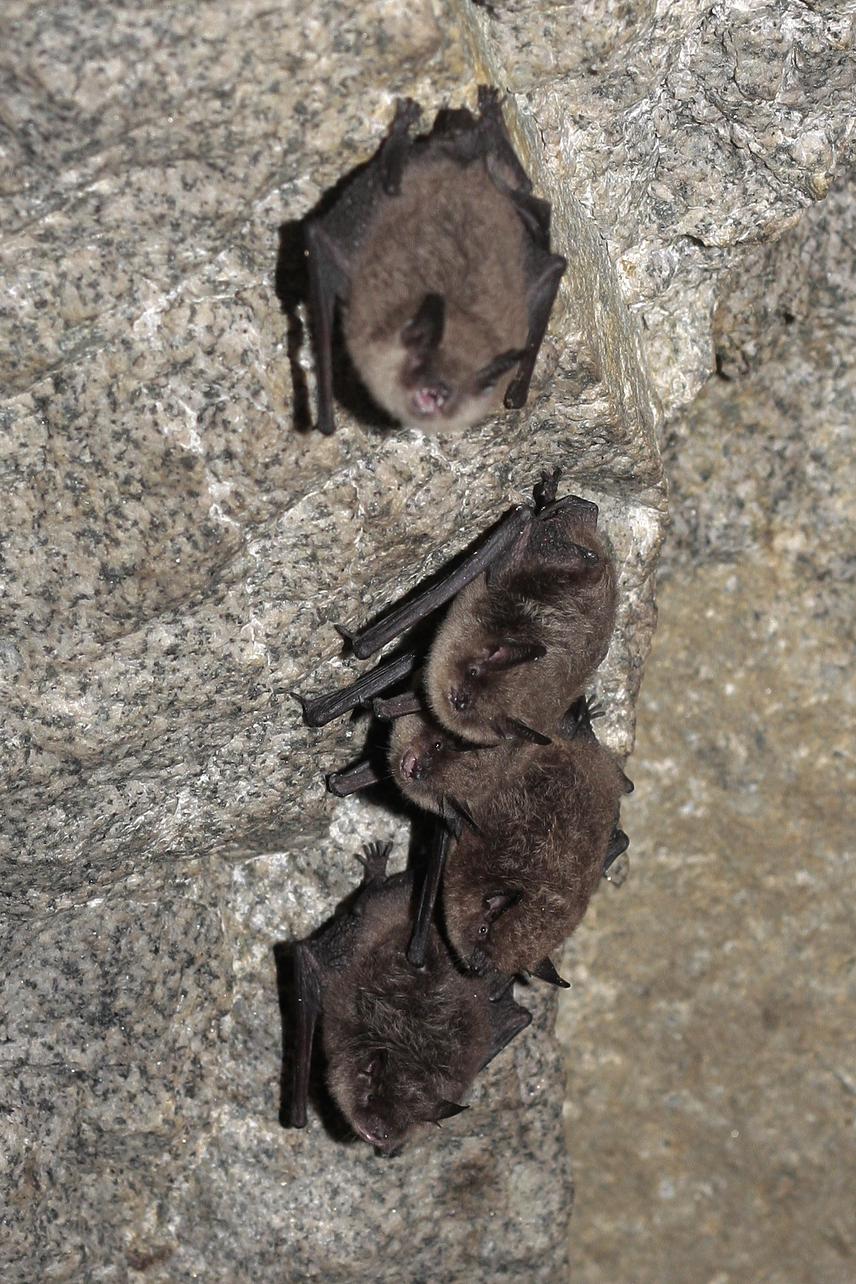Gonzalo Ossa
Other projects
5 Sep 2017
The Next Frontier for White-Nose Syndrome: Identifying Areas of Chile Vulnerable to Disease Transmission in Order to Facilitate Preventative Efforts
The study will estimate the risk of WNS-caused population declines in Myotis chiloensis, which we hypothesize, could be vulnerable to WNS similar to M. lucifugus based on the knowledge available on the species presently

There are very few studies on bats from southern Patagonia, and only a little is known about the ecology of Myotis chiloensis at high latitudes. This species is a non-migrant bat, which hibernates in caves and trees similar to other Myotis species. While much has been learned regarding the ecology and physiology of Pseudogymnoascus destructans (Pd), the fungus causing WNS, these studies have focused solely on North American species and populations, despite the clear threat to cave hibernating bats in the South American temperate zone. The transfer of the fungus to North America from Europe in 2006 demonstrates that the fungus can be moved by humans across large distances, and that transfer to South American caves and other roost is also possible, if it has not already taken place. Taking actions to determine the status of WNS in South American temperate zone and investigate the vulnerability of bats to the fungus will allow us to make decisions regarding the conservation of bats and appropriate measures to avoid WNS spread throughout the region.
We will describe for the first time the characteristics of the hibernacula and hibernation behaviour of M. chiloensis. This information will be useful to preserve the habitat of this species and determine WNS risk. Because this species shares hibernacula with other bat species, the preservation of M. chiloensis hibernacula could help the conservation of other species. By describing the hibernation behaviour of M. chiloensis, conservation efforts could be focused on certain periods of the year and/or places where the species hibernates.
Environmental samples, forensic swabs from bats, and ultra-violet wing photos will tell us whether Pd is present in South America and whether it is infecting the bats. Assessing the WNS status of a common Myotis species in South America could help to prevent a similar wildlife catastrophe as seen in the North America. Understanding the hibernation ecology of this bat will allow us to make predictions on the impact of WNS on the species and allow for mitigation planning.